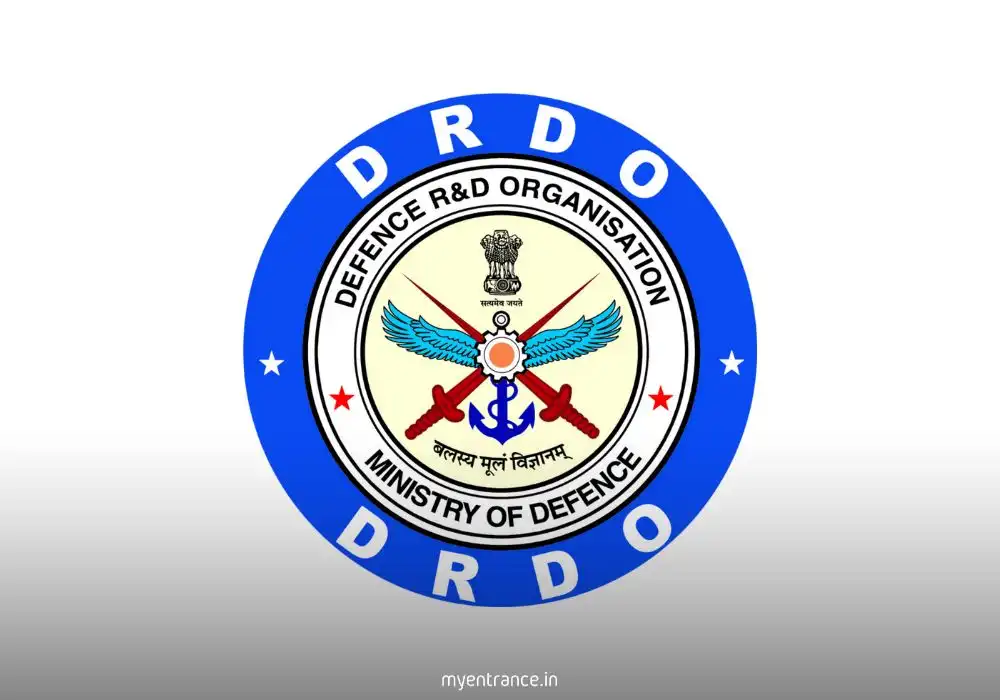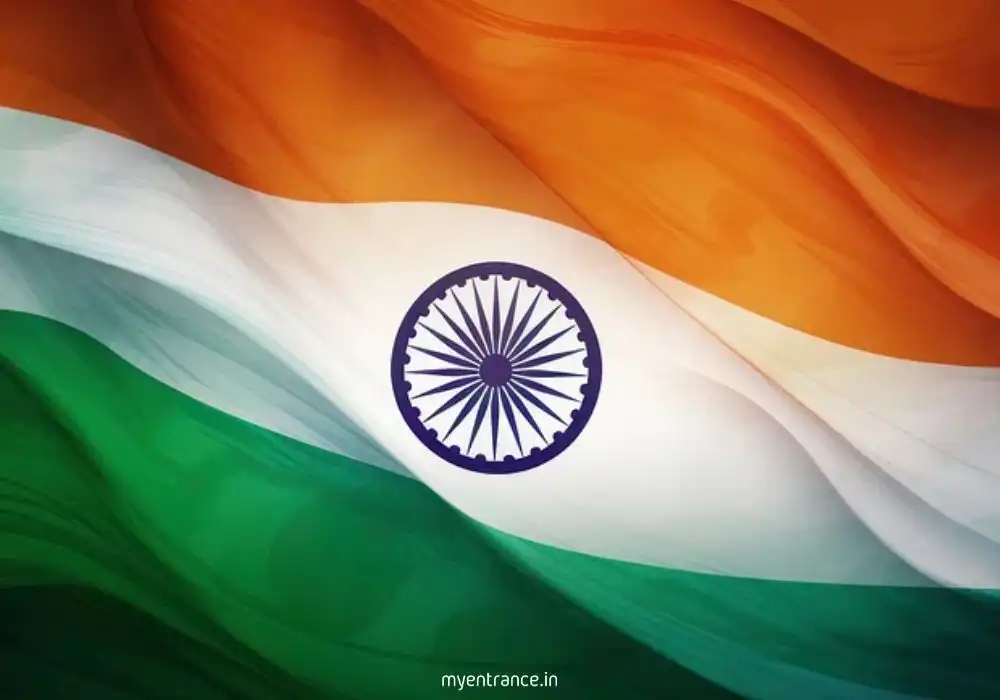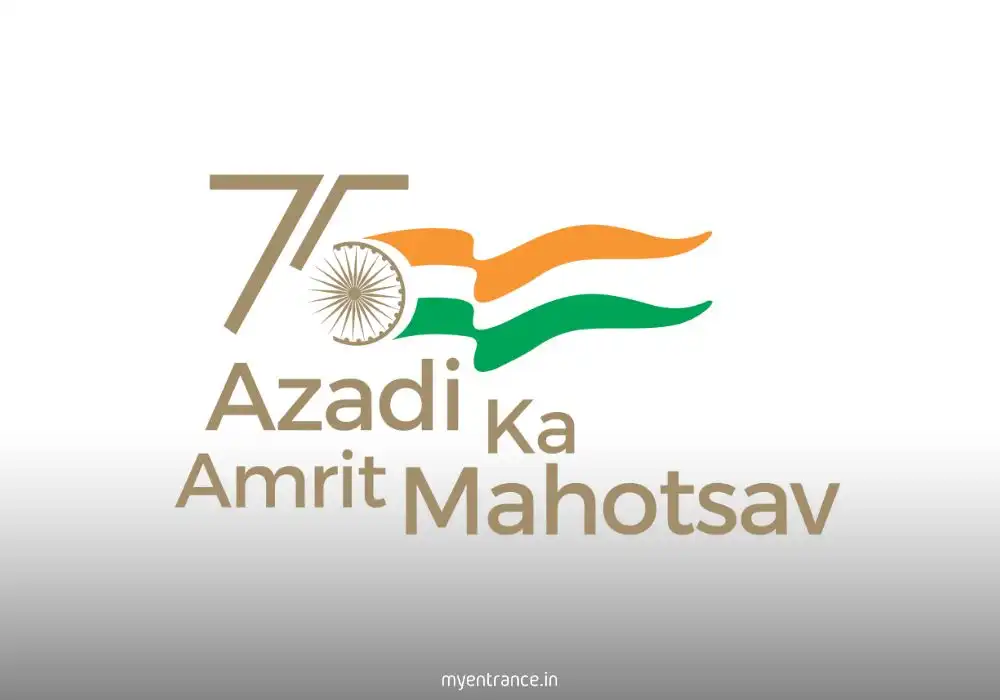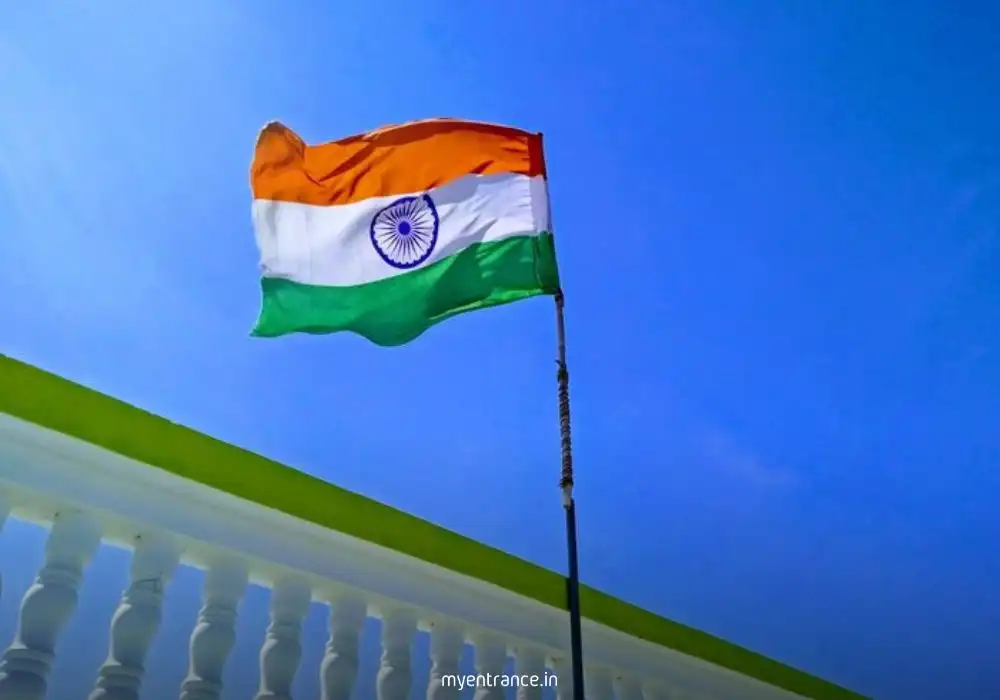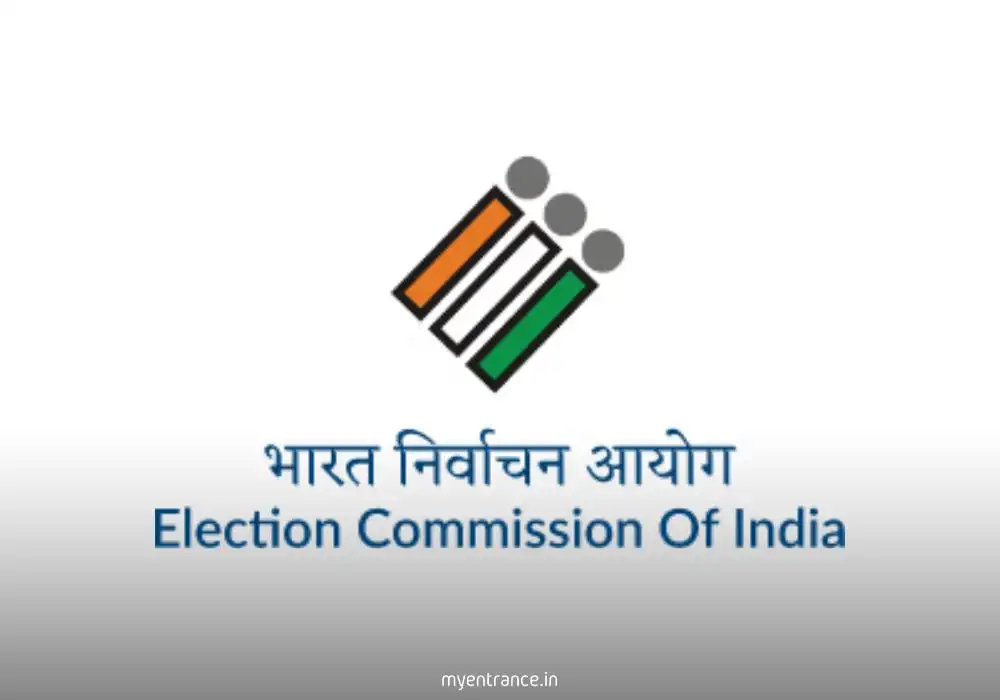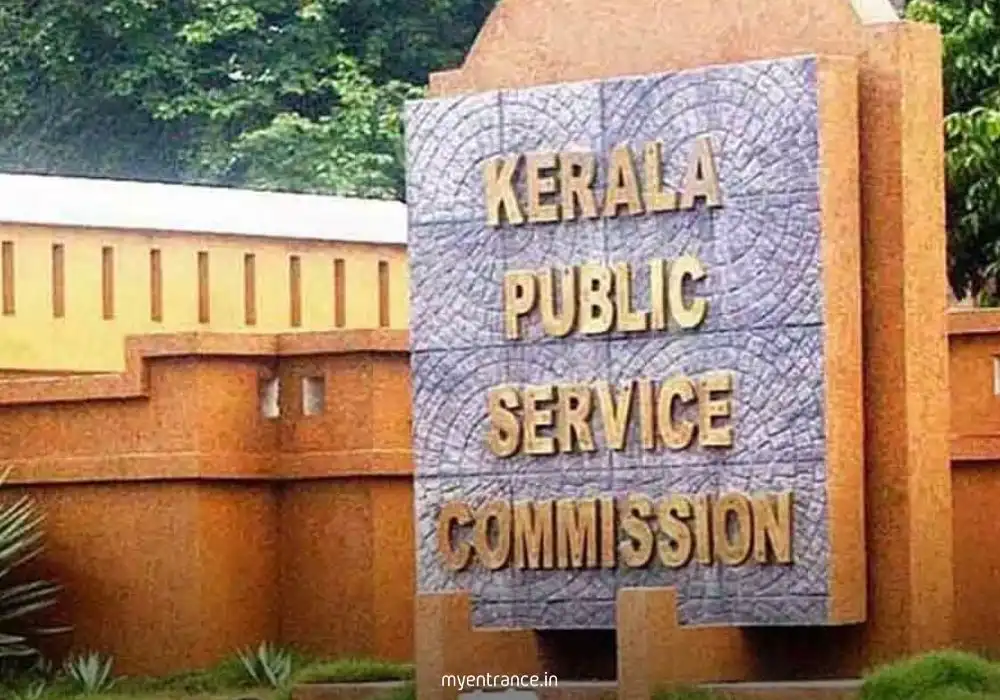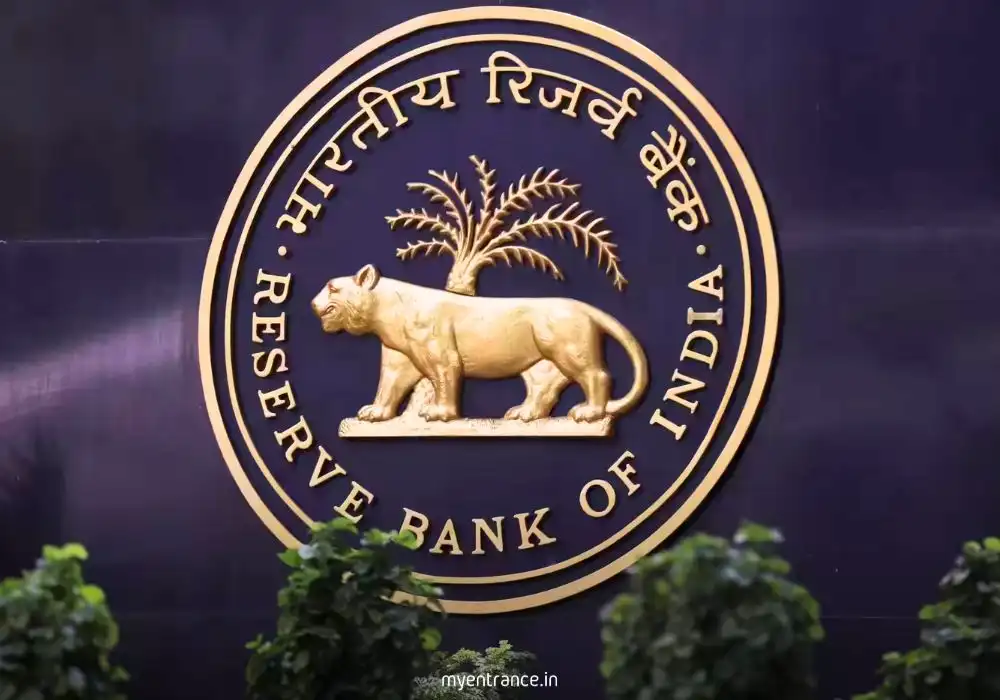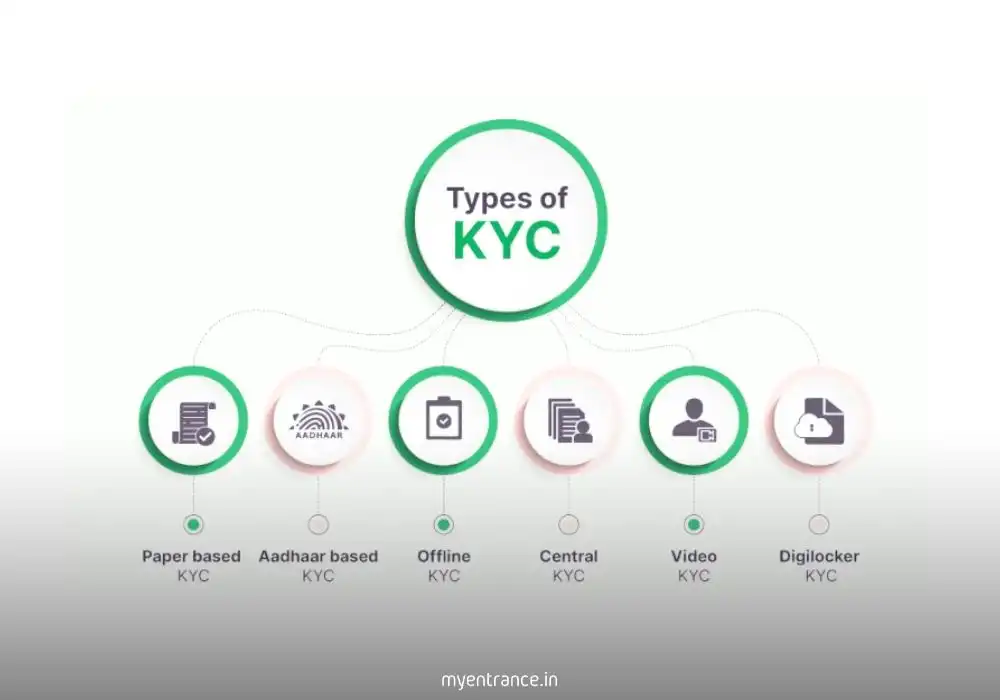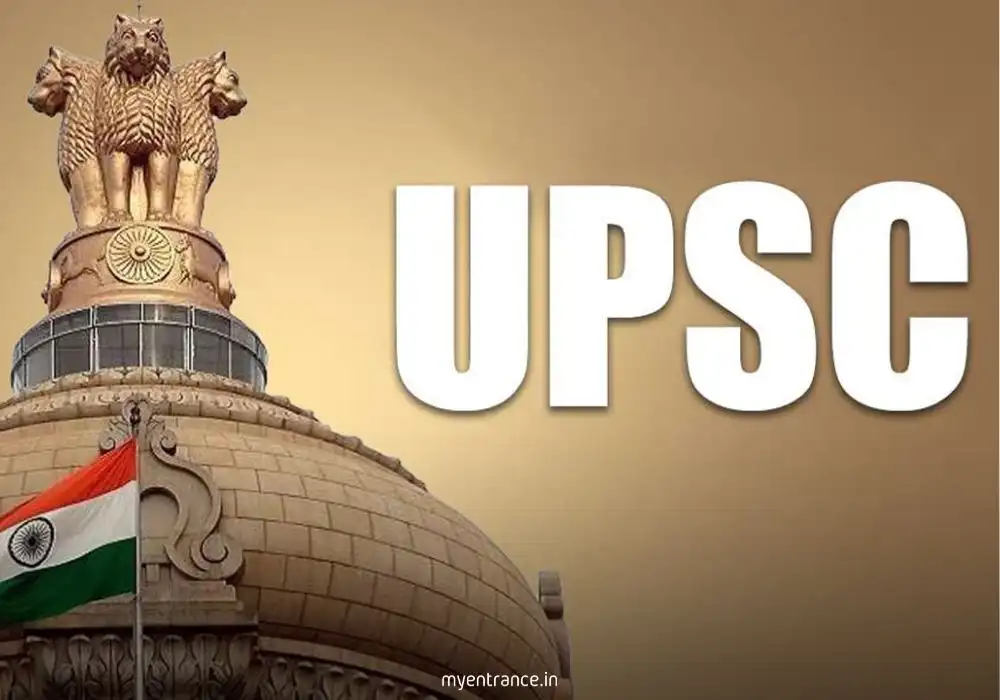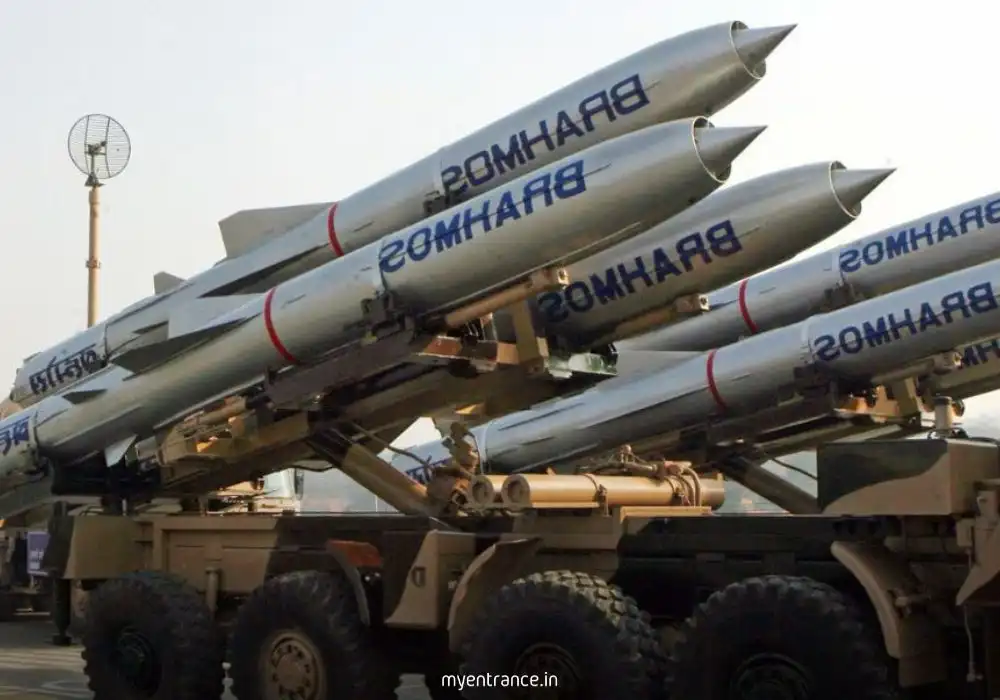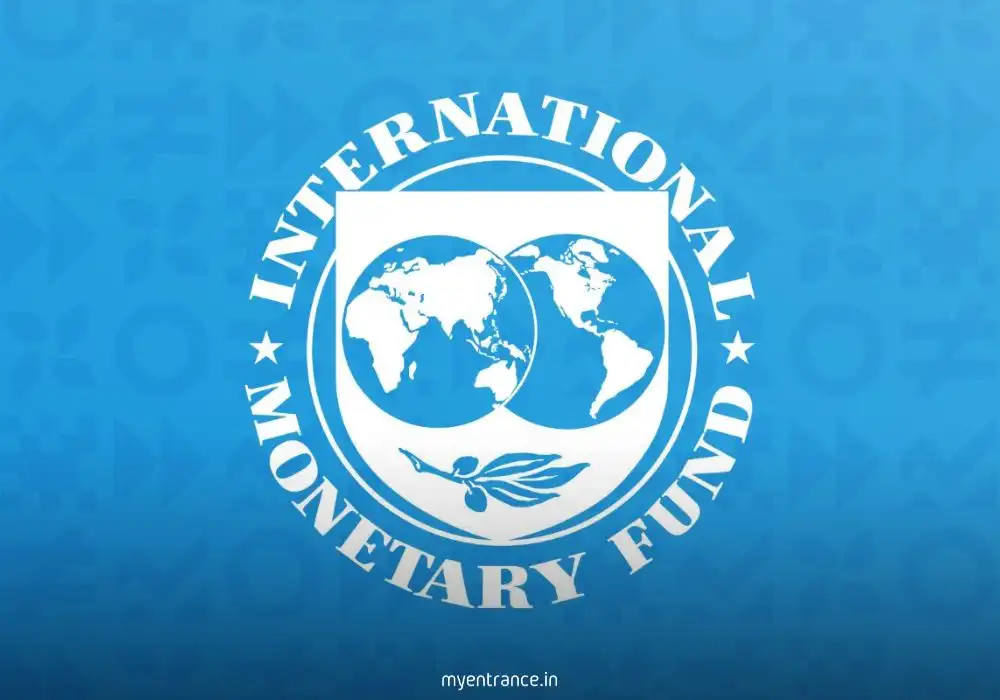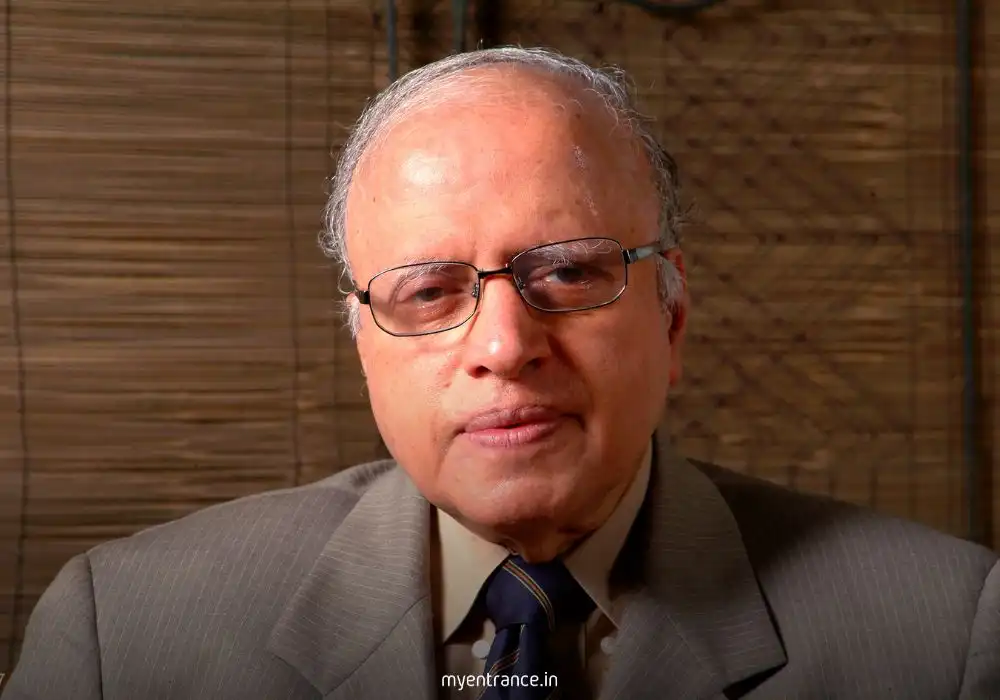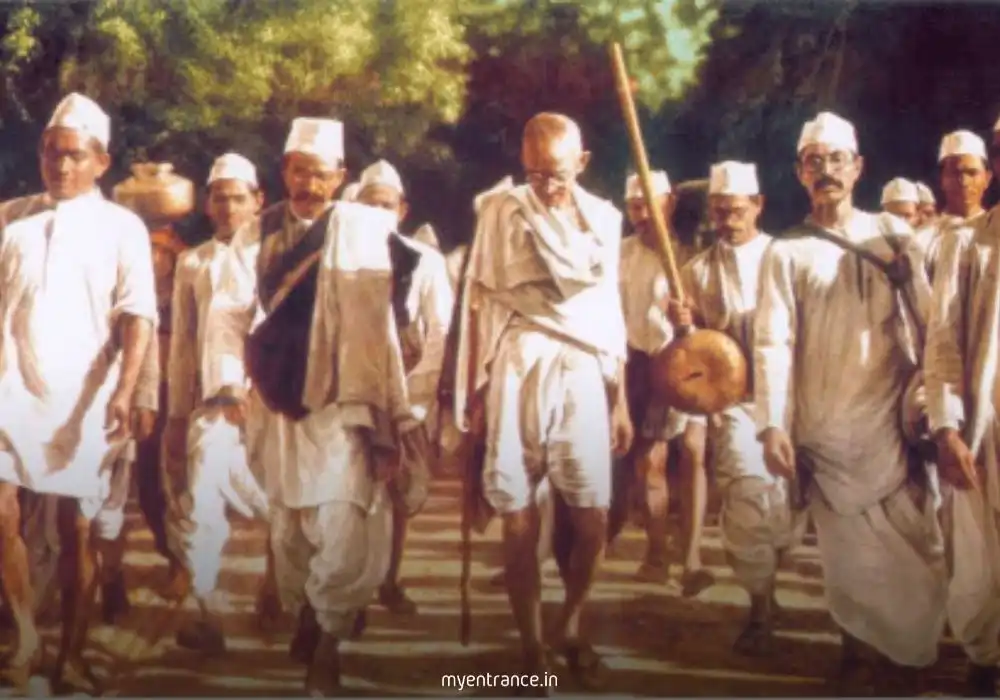Translate Language
Understanding India’s Defence Strategy: From Armed Forces to Atmanirbhar Bharat
India’s defence mechanism is a robust and dynamic system, ensuring the nation’s security against external and internal threats. With a strong military, advanced nuclear capabilities, and strategic alliances, India maintains a formidable defence posture. This article breaks down the structure, key policies, and challenges of India’s defence system—crucial for aspirants preparing for UPSC, SSC, PSC, NDA, and other competitive exams.
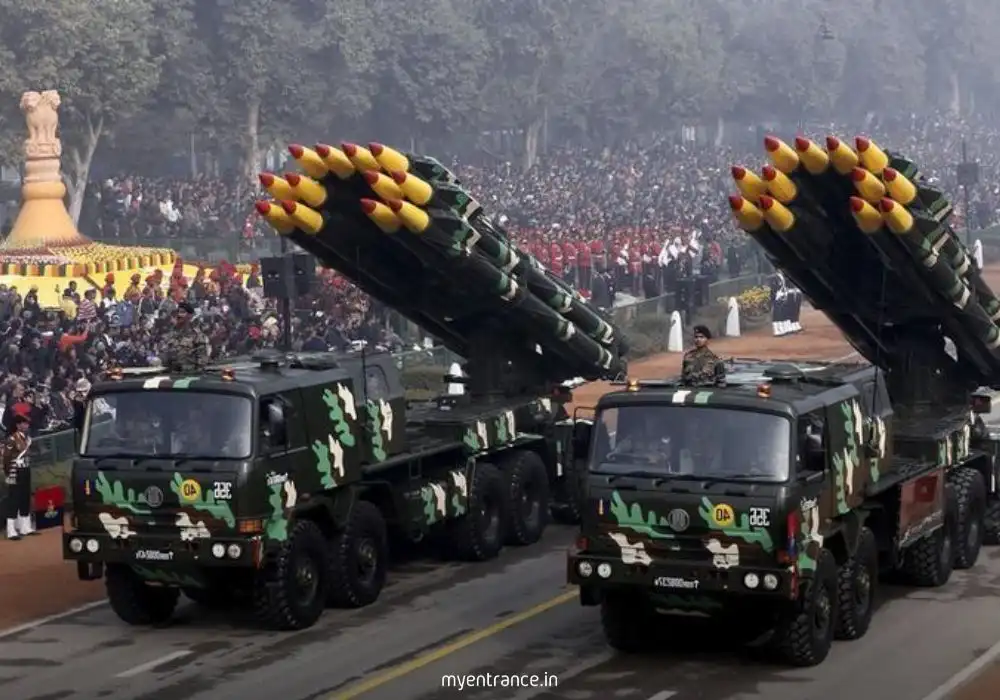
Defence of India: Structure, Strategy, and Key Aspects
1. Structure of India’s Defence Forces
India’s defence framework revolves around the Indian Armed Forces, consisting of three primary branches:
Indian Army – The largest land-based force globally, with over 1.2 million active personnel. It handles border security, counter-terrorism, and wartime operations.
Indian Navy – Protects maritime interests with advanced warships, submarines, and aircraft carriers like INS Vikramaditya and INS Vikrant.
Indian Air Force (IAF) – Ensures air superiority with fighter jets like Rafale, Sukhoi Su-30MKI, and Tejas.
The Chief of Defence Staff (CDS) coordinates joint operations among these forces, enhancing strategic efficiency.
2. Strategic Threats & Border Security
India faces unique challenges due to its geopolitical position:
Two-Front Threat: Tensions with China (LAC standoff) and Pakistan (Kashmir conflict) demand constant vigilance.
Internal Security: Left-Wing Extremism, insurgency in the Northeast, and terrorism require coordinated efforts between the Army, CAPFs (CRPF, BSF), and state police.
3. India’s Nuclear Doctrine
Follows a No First Use (NFU) policy, maintaining credible minimum deterrence.
The Strategic Forces Command (SFC) manages nuclear arsenals, including Agni and Prithvi missiles.
India adheres to global non-proliferation norms despite not being an NPT signatory.
4. Defence Production & Self-Reliance
‘Make in India’ and ‘Atmanirbhar Bharat’ drive indigenous defence manufacturing.
DRDO develops advanced systems like Akash missiles, Arjun tanks, and Tejas fighters.
Defence Industrial Corridors in UP and Tamil Nadu boost local production and exports.
5. International Alliances & Cooperation
India collaborates with global powers for defence advancements:
QUAD Alliance (US, Japan, Australia) for Indo-Pacific security.
Defence partnerships with Russia, France, and Israel for technology transfer.
UN Peacekeeping: India is among the top troop contributors, with over 250,000 soldiers deployed in 50+ missions.
6. Legal Framework & Emergency Provisions
The Defence of India Act (1962) granted wartime powers but is no longer active.
Article 352 allows emergency measures if national security is threatened.
7. Future Challenges & Modernization
Cyber warfare, space security, and AI-driven combat require new strategies.
Theatre Commands integration for better coordination.
Defence budget (2% of GDP) debates for higher R&D investments.
Sample Questions & Answers for Competitive Exams
Q1: Which position was created in 2019 to enhance coordination among India’s armed forces?
Ans: The Chief of Defence Staff (CDS) was established in 2019 to streamline military operations.
Q2: What is India’s nuclear policy regarding first use?
Ans: India follows a No First Use (NFU) policy under its nuclear doctrine.
Q3: Name India’s first indigenous aircraft carrier.
Ans: INS Vikrant is India’s first indigenously built aircraft carrier.
Q4: Which organization is responsible for India’s missile development?
Ans: The Defence Research and Development Organisation (DRDO) develops missiles like Agni and Prithvi.
Q5: What is the purpose of the QUAD alliance?
Ans: QUAD (US, Japan, Australia, India) ensures Indo-Pacific security and counters Chinese influence.
India’s defence strategy is a blend of military strength, diplomatic alliances, and self-reliance. For competitive exam aspirants, understanding these aspects is crucial for UPSC, SSC, PSC, NDA, and CDS exams. Stay updated with myentrance.in for more in-depth guides, mock tests, and daily quizzes on defence and current affairs!
Get 3 Months Free Access for SSC, PSC, NIFT & NID
Boost your exam prep!
Use offer code WELCOME28 to get 3 months free subscription. Start preparing today!
